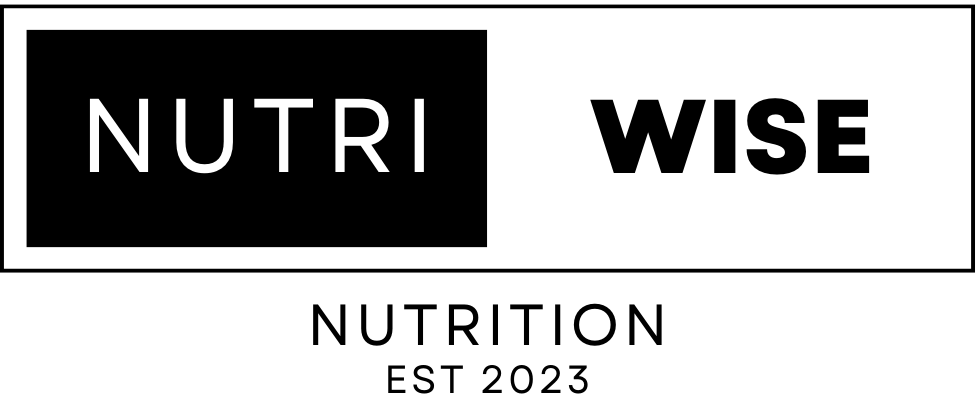Training Myths Debunked: 7 Facts For Optimal Muscle Growth
When it comes to building muscle and achieving fitness goals, there is no shortage of advice and information available. Unfortunately, much of it’s distribution is done through ill informed fitness influencers with certain intricacies left out in order to upsell a course or coaching service they’re running. As a result not all of this advice is accurate or evidence-based, and many myths and misconceptions still persist in the fitness industry. These myths can lead to stagnation of results and even injury, which is why it is essential to separate fact from fiction.
In this article, we will debunk seven common training myths and provide factual information for optimal muscle growth. From the best rep range to the importance of rest periods, we will provide evidence-based information to help you achieve your fitness goals.
By understanding these myths and replacing them with science-based training, you can ensure that your workouts are efficient, effective, and safe. Say goodbye to gym myths and hello to evidence-based training for optimal muscle growth.
Common Myths
In regards to common training myths, it is important to note that gym rules based on tradition and anecdotal evidence (or Bro Science) rather than actual scientific research can be misleading and should not be relied upon for optimal muscle growth. Debunking misconceptions is crucial for individuals seeking to maximize their muscle growth potential.
One common training mistake is the belief that training muscle groups once per week is optimal for hypertrophy. However, research suggests that training muscle groups more frequently than once per week can lead to greater muscle growth due to increased muscle protein synthesis rates from greater stimulation.
Another common myth is the assumption that multiple sets per exercise are not necessary for muscle growth. However, research shows that multiple sets per exercise can result in greater muscle growth compared to a single working set. This is because progressive overload of an exercise stimulates training adaptations.
Additionally, the idea that there is a best rep range for muscle growth is also a common misconception. Incorporating a variety of rep ranges can maximize muscle growth potential. You can achieve the same hypertrophy from high rep ranges (15 reps) as you can lower rep ranges (5 reps) when the muscle is significantly challenged. These are both forms of progressive overload which demand the muscle adapt to the stress placed upon it.
By understanding these common training myths and debunking them, individuals can optimize their training regimen for optimal muscle growth.
Training Frequency
The frequency of resistance exercise has a significant impact on muscular adaptations. Training muscle groups more frequently than once per week has been shown to be superior for muscle growth. Many lifters will employ techniques such as push/pull on their upper and lower bodies on alternating days. For example day 1 will focus on upper body muscle groups, then day 2 will focus on lower body, then come back to upper body again on day 3. This training method allows the lifter to rest their upper body for 48hrs whilst still training their lower body. Following this for 6 days in a week results in 3x more work performed by the muscle, still with adequate rest between training.
Compare this to the typical “bro split” where Monday is International Chest Day, Tuesday is Back and Biceps, Wednesday is Legs, Thursday is Shoulders and Triceps then Friday is Legs Day again before resting on the weekend. Your legs are lucky enough to get 2 sessions a week, every other muscle group gets one day and for the vast majority of lifters, they aren’t getting much more than 6 exercises in for any given day, 8 at most if you’re efficient and even then, by the last 2 exercises you’re not really giving it your all anymore.
Finding the right balance between adequate frequency and adequate rest can be tricky business, so often in a 6 day push/pull type training routine the same exercises won’t be performed on each day. This provides even more variation to the muscle group being trained and results in at least 2x more volume for the muscle group involved but still allows adequate rest between training sessions.
This balance is important because muscle recovery is a key factor in muscle growth. When a muscle group is trained, it undergoes a process of damage and repair, which leads to muscle growth. However, this process takes time, and it is important to allow sufficient time for muscle recovery.
By training a muscle group more frequently, the body is required to repair and build muscle more frequently, which occurs during the rest period the muscle gets between training sessions. Rest periods do not need to be 7 days. 48hrs is enough for natural lifters to recover from even the biggest workouts.
Muscle recovery and frequency optimisation are key considerations when developing a resistance training program. Many fitness certification providers, including The American College of Sports Medicine and research reviewers now recommend training muscle groups more frequently than once per week to maximise muscle gain.
This does not have to be achieved by solely using the push/pull method I mentioned earlier. You can also split training sessions into different muscle groups or by using a full-body training program. However, it is important to ensure that each training session is balanced and the program you develop includes exercises that target all major muscle groups more than once per week.
By optimising the frequency of resistance exercise, individuals can maximise their muscle growth potential and achieve their fitness goals.
Optimising Muscle Growth
To maximise the efficiency of the muscle recovery process, it is crucial to develop a resistance training program that takes into account the frequency, intensity, volume, and mode of strength training. Resistance exercise volume affects myofibrillar protein synthesis and anabolic signaling, which are essential for muscle growth. Therefore, it is recommended to incorporate a variety of rep ranges and varying loads to maximise muscle growth.
Training muscle groups more frequently than once per week is also superior, as the skeletal muscle protein synthesis rate is elevated for 48-72 hours after a workout.
In addition to resistance training, nutrition strategies and recovery methods are also important for optimal muscle growth. Adequate protein intake is necessary to support muscle protein synthesis, and consuming carbohydrates before and after exercise can enhance muscle glycogen storage and recovery.
Sleep and stress management are also crucial for muscle recovery, as cortisol levels can increase and lead to catabolism. Incorporating active recovery methods, such as foam rolling and stretching, can also aid in muscle recovery and prevent injury.
So try and implement these strategies to see how you can optimise your own muscle growth and achieve new levels of muscle gain.










